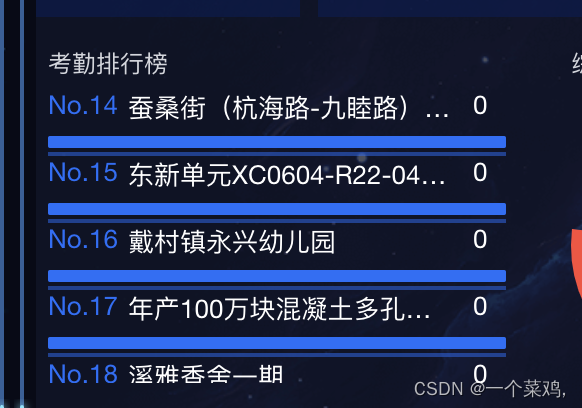

On Android, when numberOfLines is set to a value higher than 1, only tail value will work correctly. clip - Lines are not drawn past the edge of the text container.tail - The line is displayed so that the beginning fits in the container and the missing text at the end of the line is indicated by an ellipsis glyph.middle - The line is displayed so that the beginning and end fit in the container and the missing text in the middle is indicated by an ellipsis glyph.head - The line is displayed so that the end fits in the container and the missing text at the beginning of the line is indicated by an ellipsis glyph.numberOfLines must be set in conjunction with this prop. When numberOfLines is set, this prop defines how the text will be truncated. Specifies the disabled state of the text view for testing purposes. Specifies whether fonts should scale to respect Text Size accessibility settings. Specifies whether fonts should be scaled down automatically to fit given style constraints. When set to true, indicates that the view is an accessibility element. The only argument to this function is an event containing the name of the action to perform. Invoked when the user performs the accessibility actions. See the Accessibility guide for more information. Each action object should contain the field name and label. The accessibilityActions property should contain a list of action objects. TypeĪccessibility actions allow an assistive technology to programmatically invoke the actions of a component. The states must be passed in through an object. You can provide one state, no state, or multiple states. Tells the screen reader to treat the currently focused on element as being in a specific state.

On Android, these roles have similar functionality on TalkBack as adding Accessibility Traits does on Voiceover in iOS Type Image button has the same functionality as if the trait was set to both 'image' and 'button'. On iOS, these roles map to corresponding Accessibility Traits. Tells the screen reader to treat the currently focused on element as having a specific role. By default, the label is constructed by traversing all the children and accumulating all the Text nodes separated by space. Overrides the text that's read by the screen reader when the user interacts with the element. See the iOS accessibilityLanguage doc for more information. It should follow the BCP 47 specification. TypeĪ value indicating which language should be used by the screen reader when the user interacts with the element. The style inheritance is only encoded inside of the native Text component and doesn't leak to other components or the system itself.Īn accessibility hint helps users understand what will happen when they perform an action on the accessibility element when that result is not clear from the accessibility label. We do not need to have a fontFamily field on every single element, and we do not need to potentially traverse the tree up to the root every time we display a text node. (Implementor) The implementation of React Native is also simplified.

Text properties that could inherit from outside of the props would break this isolation. (Developer) React components are designed with strong isolation in mind: You should be able to drop a component anywhere in your application, trusting that as long as the props are the same, it will look and behave the same way. We believe that this more constrained way to style text will yield better apps:


 0 kommentar(er)
0 kommentar(er)
